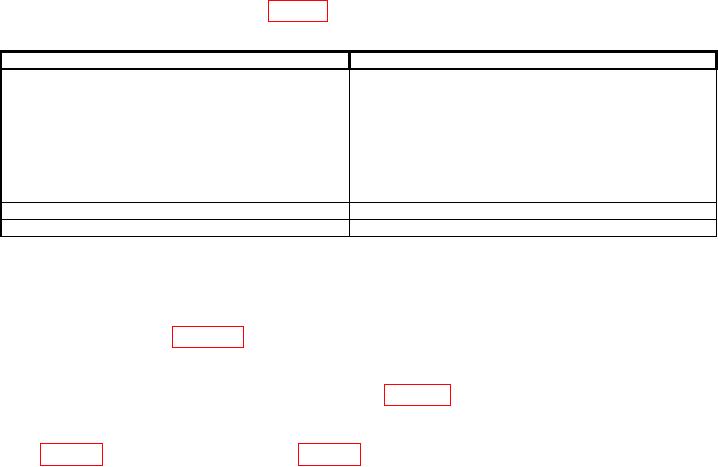
TB 9-6625-2216-24
IDENTIFICATION AND DESCRIPTION
1. Test Instrument Identification.
This bulletin provides instructions for the
calibration of Universal Counter, Hewlett-Packard, Model 5314A and Option 001. The
manufacturer's manual was used as the prime data source in compiling these instructions.
The equipment being calibrated will be referred to as the TI (test instrument) throughout
this bulletin.
a. Model Variations. Variations among models are described in text, tables, and
figures.
b. Time and Technique. The time required for this calibration is approximately 2
hours, using the dc and low frequency technique.
2. Forms, Records, and Reports
a. Forms, records, and reports required for calibration personnel at all levels are
prescribed by TB 750-25.
b. Adjustments to be reported are designated (R) at the end of the sentence in which
they appear. When adjustments are in tables, the (R) follows the designated adjustment.
Report only those adjustments made and designated with (R).
3. Calibration Description. TI parameters and performance specifications which
pertain to this calibration are listed in table 1.
Table 1. Calibration Description
Test instrument parameter
Performance specifications
Time base:
Standard oscillator
10M
< 3 parts in 107 per month
Aging rate:
< 1 part in 107 for 10% variation
Line voltage:
Option 001
Frequency:
10 MHz
< 1 part in 107 per month
Aging rate:
< 1 part in 108 for 10% variation
Line voltage:
Channel A sensitivity
< 25 mV rms: 10 Hz to 100 MHz
Channel B sensitivity
< 25 mV rms: 10 Hz to 2.5 MHz
EQUIPMENT REQUIREMENTS
calibration procedure. This equipment is issued with Secondary Transfer Calibration
Standards Set AN/GSM-287 or AN/GSM-705. Alternate items may be used by the
calibrating activity when the equipment listed in table 2 is not available. The items
selected must be verified to perform satisfactorily prior to use and must bear evidence of
current calibration. The equipment must meet or exceed the minimum use specifications

